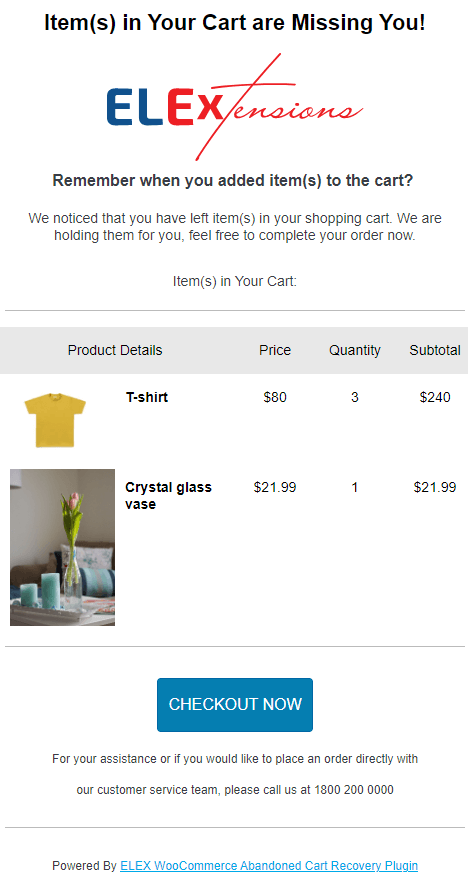
Modern enterprise marketing is digital, and like every other digital practice, it is increasingly stretched between the competing imperatives of personal privacy and actionable insights. Navigating this paradox to deliver growth requires owning and leveraging data and technology.
TL;DR – marketing leaders can make a difference by building first-party data capabilities and taking control of the software that makes up the majority of the customer journey. This allows them to break silos between customer-facing teams and those that serve them, unlocking high-leverage improvements while simultaneously future-proofing the business from regulatory and technological risks.
In our Marketing Masterclass with four industry veterans, we talked a lot about data origins. When you think about the web as a surface area, that’s where a lot of that data comes from. It’s also one of the places where you’d want to apply the data. Teams that drive campaigns on the web with freedom, flexibility and authority leave competitors in the dust, the Tough Mudder kind of dust (check out the first part of our conversation).
Elissa Fink, ex-Tableau CMO, used the web as a channel to drive business from a $5 million run rate to over a billion in revenue. Lauren Vaccarello, ex-Salesloft CMO (and VP of Marketing at Box and AdRoll) was one of the pioneers of “digital” in marketing before it became mainstream. Let’s learn from them.
Lessons in Owning Your Tech
Elissa Fink starts with a simple but profound realization – marketing isn’t about selling to enterprises; it’s about engaging with individuals within those enterprises. Fink says B2B marketing mirrors consumer marketing, underscoring the importance of understanding and respecting individual buyer journeys, which collectively can take up to a year. Marketers must skillfully guide prospects along their often non-linear paths, even before formal awareness sets in.
“Modern marketing leaders really have to be technology leaders because there are so many great ways to learn about your prospects and your customers by leveraging the right tech,” says Fink. “You need to own your technology because it is as much of a top player in your marketing mix as your top leaders are.”
When it comes to owning tech, Fink recalls the time at Tableau when her marketing team had to share developers with others. “You’re on other people’s timelines, relying on other people’s budgets. And even as a partner, they will prioritize their projects over yours.” When Tableau’s marketing team shifted to employing developer talent directly, “we could do amazing things and work hand in glove.”
Lessons in Growing from Brand to Demand Marketing
Lauren Vaccarello has seen it all. From Salesforce and Adroll to Box and Salesloft, she’s helped many distinguished digital brands find the ignition key to hypergrowth.
Her professional career arc encapsulates the industry’s transition from traditional asset-based / brand-centric marketing to true demand generation. Vaccarello underscores the need to understand metrics, shift focus from delivery of outputs to performance outcomes, and strategically align marketing with a more comprehensive go-to-market group.
She emphasizes the significance of understanding sales processes, advocating for marketers to bridge the gap between lead generation and actual sales, and ensuring that the content and pitches resonate across the entire customer journey.
“The relationship with your sales team becomes critical. So is knowing that your job does not stop at generating leads. We have to make sure the salespeople have the content and materials that they need. We have to make sure they’re trained,” said Vaccarello.
Her advice for those starting their careers is to embrace curiosity and innovation, drawing parallels between her early immersion in digital marketing and the potential presented by emerging technologies like AI. She also stresses the need to be literate in the language of the business.
“Developing an asset is not success anymore. You have to speak the same language as your executive team, as your CFO and as your CRO. Don’t go in with how many views my eBook got. They’re not going to care. You have to focus on the real value KPIs.”
Vaccarello’s last thought underscores the complexity of modern enterprise marketing. It’s no longer a baton race where marketing can hand off an asset, or a list of leads, and call it a day. To be successful, marketers need to have agency and authority over the technology that comprises the majority of the touch points of the customer journey, to align on positioning with sales, track their progress with data as well as regular conversations, and always be optimizing, innovating, or both.
Pantheon helps to alleviate the pressure by letting the marketers publish freely on the web, experiment frequently and create in safety and confidence that when large traffic hits, their website platform will have their back. Read this ebook, Velocity Wins the Web, to help you maximize your online engagement.






